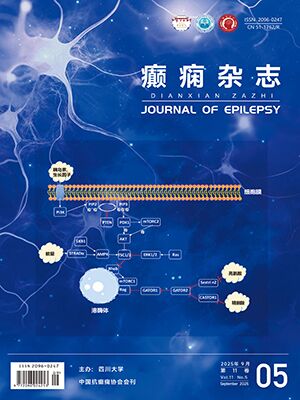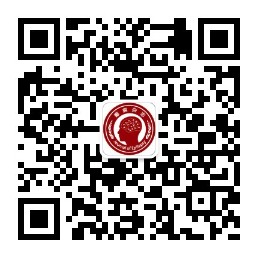| 1. |
Chen Z, Brodie MJ, Liew D, et al. Treatment outcomes in patients with newly diagnosed epilepsy treated with established and new antiepileptic drugs: a 30-year longitudinal cohort study. JAMA Neurol, 2018, 75: 279-286.
|
| 2. |
Dazhi C, Xinyang M, Haiyan W, et al. Dyscalculia and dyslexia in Chinese children with idiopathic epilepsy: different patterns of prevalence, comorbidity, and gender differences. Epilepsia Open, 2022, 7: 160-169.
|
| 3. |
Chung AM, Eiland LS. Use of second-generation antiepileptic drugs in the pediatric population. Paediatr Drugs, 2008, 10: 217-254.
|
| 4. |
Aycan U, Ayse K, Pakize K, et al. Evaluation of quality of life and psychiatric aspects of children with epilepsy and their families using self-assessment questionnaires. Turk Arch Pediatr, 2022, 57(3): 282-289.
|
| 5. |
Huiyuan Zhu, Dexi Bi, etc. Ketogenic diet for human diseases: the underlying mechanisms and potential for clinical implementations. Signal Transduction and Targeted Therapy, 2022, 7: 11.
|
| 6. |
鄭鴿. 護理干預對82例小兒難治性癲癇堅持生酮飲食治療的臨床影響. 首都食品與醫藥, 2018, 25(21): 139.
|
| 7. |
Huibrie P, Meagan W, Christine MB. Pediatric and adult epileptologist perspectives and experiences of pediatric to adult epilepsy care transition: "Saying goodbye and opening a door". Epilepsy & Behav, 2021, 120: 107981.
|
| 8. |
Shane WG, Mark AF, Kathy NS. Development and assessment of the quality of life in childhood epilepsy questionnaire (QOLCE-16). Epilepsia, 2018, 59(2): 668-678.
|
| 9. |
Aijuan W, Nan L, Xue F. PDCA circulation combined with continuing nursing guided by wechat on improving the nursing value of patients with gynecological inflammatory diseases during out-of-hospital treatment. Food Science and Technology, 2021, 41(3): 737-742.
|
| 10. |
張旭芬, 宴玉奎. 微信隨訪護理在改善成人癲癇患者不良情緒及家屬照顧能力中的應用. 中華全科醫學, 2018, 16(11): 1943-1945.
|
| 11. |
楊艷紅, 曹民娟, 崔秀琴. 基于微信APP的追蹤護理管理在癲癇患者中的應用. 循證護理, 2022, 8(10): 1393-1396.
|
| 12. |
唐平, 陸群峰, 楊利靈, 等. 癲癇兒童健康相關生活質量特異性量表的漢化及信效度檢驗. 中華現代護理雜志, 2021, 27(29): 3954-3958.
|




